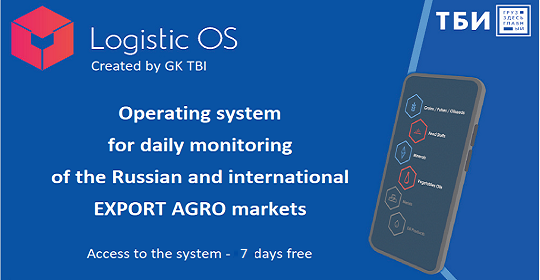With the growth of supplies from Asia to Europe, Russia has the opportunity to benefit enormously from transit.
However, there is not enough capacity for this.
One of the main reasons for the sharp increase in the popularity of railway transportation in the last year is the rise in the cost of transportation by sea.
And also the collapse and «traffic jams» in many Russian Far Eastern ports: sometimes you have to wait for a whole month for unloading.
In this regard, the popularity of railways is growing significantly.
For example, for 9 months of 2021 the volume of container rail traffic increased by 40%. These are mainly cargoes that move from Asia to Europe.
But the Russian transport system was not ready for high loads.
This issue was discussed last week in the Federation Council of the Russian Federation. An ambitious goal has been set — by 2030 to increase the transit of goods through the territory of the Russian Federation by 2.5 times.
This was stated by the first deputy chairman of the Federation Council committee on economic policy Lenar Safin. He also added that the development of the transport network will have a beneficial effect not only on exports, but also on the life of Russian regions.
What prevents Russia from developing railway transit?
First , infrastructure. As soon as the traffic increased, it became clear that she could not cope with the dramatically increased load.
Secondly , the possibility of checkpoints. They are also limited and often turn into «bottlenecks» where everything is slowed down.
Therefore, the speed of passage of goods through such points needs to be increased. The Ministry of Transport of the Russian Federation has similar plans: it is planned to modernize more than fifty checkpoints by 2027.
Financial issue .
For one such point, you need to spend about 2 billion rubles. And for all checkpoints in general, no more than 15 billion rubles are allocated per year. So it turns out that no more than 7 points can be upgraded per year.
Therefore, it was decided to start with the most important and significant of them — with those through which the maximum cargo traffic passes.
In general, at least 300 billion rubles will be required. Deputy Head of the Department of the Ministry of Transport Hakob Hakobyan spoke about this.
In general, rail transport has very good prospects. Until recently, they were chosen instead of sea ones only if speed was important, and the customer was ready to pay extra for it.
Now the situation has changed: if the sea transportation of a consignment from Shanghai to Germany costs about 14-15 thousand rubles, then by rail it is 20% cheaper.
It turns out that Russia, and in particular Russian Railways, may be the beneficiary of huge benefits if it takes on the transportation of large volumes of cargo from China to Europe.
The only question is how to solve all those problems that might prevent this.

